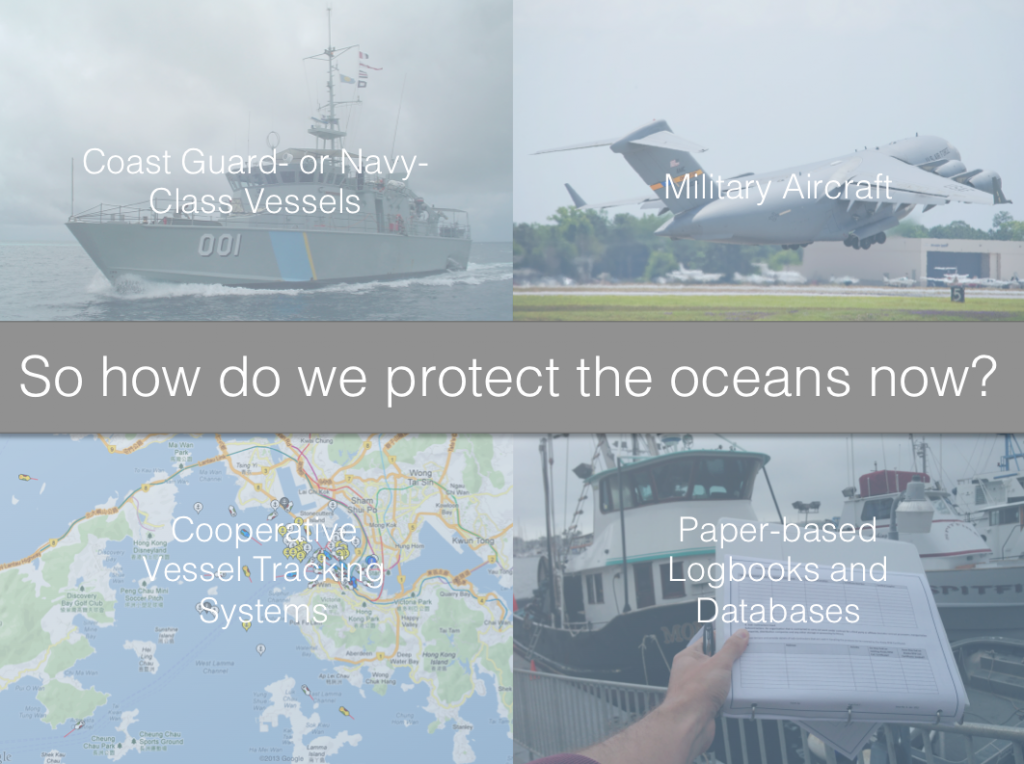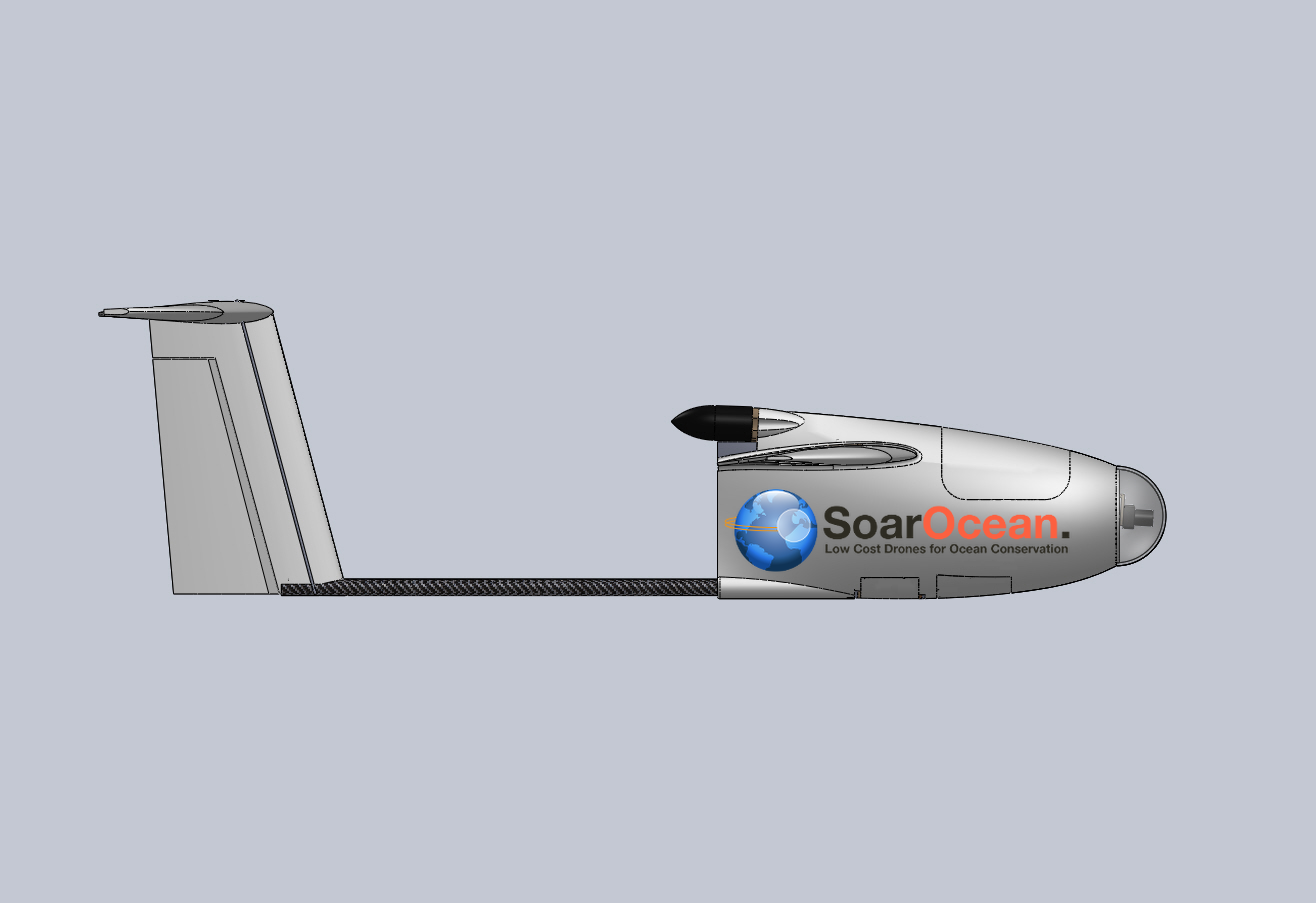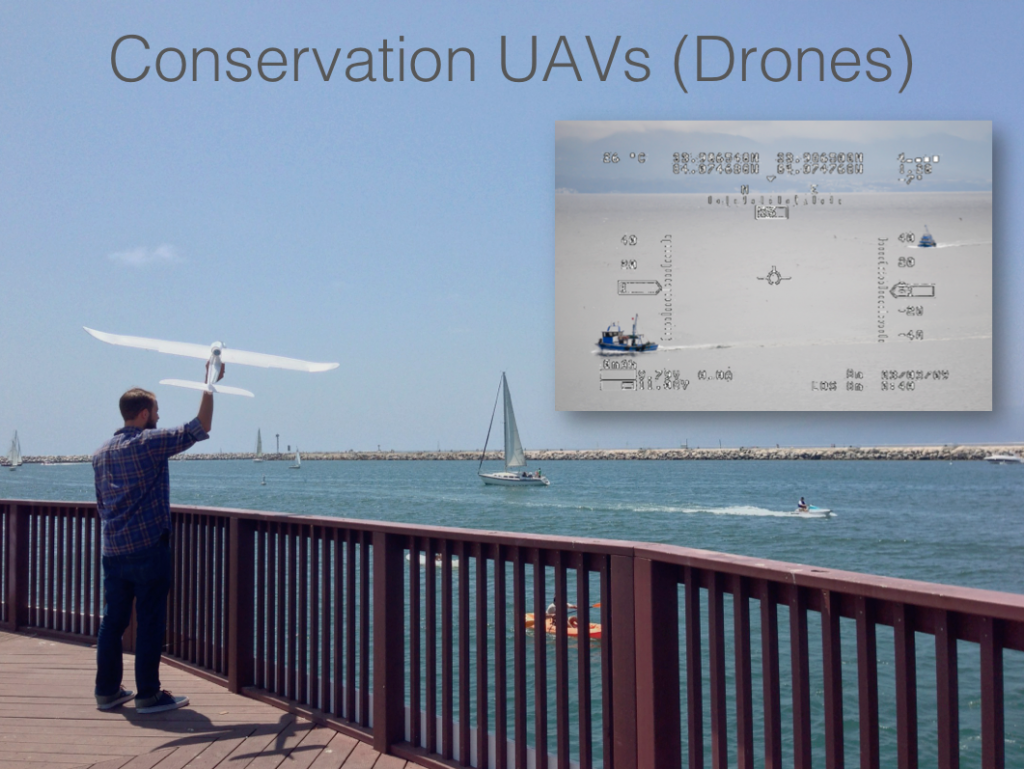Project Details
Our oceans are the last great frontier on this planet and they are currently facing an unprecedented threat. Numerous recent studies, popular books, and documentaries have shown the economic and environmental impact we are having as a result of overfishing and poor fisheries management. As technology advances, we have become unsustainably efficient at catching fish and transporting them to any part of the world. Our global fishing fleet is currently at two-and-a-half times what our oceans could handle. Beyond that, illegal fishing and overfishing threatens to further deepen this imbalance. Most illegal fishing targets developing nations, robbing the poorest people on the planet of food and income. As soon as laws and policies are enacted, these environmental criminals find ways around them. With all these dire statistics, illegal, unregulated, and unreported fishing puts a pressure on our ocean ecosystems that they may not be able to take for much longer. So, what we need is a smarter way to watch over our oceans.
 Current monitoring approaches rely almost entirely on the use of military resources to provide both the monitoring activities and enforcement of our marine protected areas. As we increase the amount of ocean we protect, these already strained resources will be unable to meet the demand. However, we have seen considerable technological advancements that can be used to help lessen this burden. By decoupling the surveillance and enforcement activities related to MPA monitoring, we can provide additional capabilities far cheaper and more effectively than the current military platforms. This is fundamental for the success of our growing marine protected area networks. We can create all the protected areas and marine sanctuaries in the world but without a smarter way to protect them, they remain at risk.
Current monitoring approaches rely almost entirely on the use of military resources to provide both the monitoring activities and enforcement of our marine protected areas. As we increase the amount of ocean we protect, these already strained resources will be unable to meet the demand. However, we have seen considerable technological advancements that can be used to help lessen this burden. By decoupling the surveillance and enforcement activities related to MPA monitoring, we can provide additional capabilities far cheaper and more effectively than the current military platforms. This is fundamental for the success of our growing marine protected area networks. We can create all the protected areas and marine sanctuaries in the world but without a smarter way to protect them, they remain at risk.
Many regions of the ocean make use of aerial surveillance as a major component of monitoring activities. The frequency that this is used is heavily dependent on the availability of key aerial surveillance providers, typically large government militaries or resource-rich organizations. This usually results in sporadic availability of these services and much of the ocean remains unprotected. This limitation is due to the capital and fuel costs associated with traditional flight operations and pilot fatigue.
There currently exist technologies that can change this industry forever. The aim of this grant is to advance one of those technologies, named SoarOcean. The Unmanned Aerial Vehicle (UAV, or drone) is a small hand-launched reusable aircraft that can fly without a human pilot or crew on-board. While this is traditionally a technology that was primarily focused on military operations by large defense contractors, there has been an explosion of growth amongst home-built and recreational UAV platforms. This new market is growing fast and producing more drones than their military counterparts, with comparable capabilities. So now there exists an opportunity to use these smaller versions to modernize the traditional forms of at-sea science observations and other monitoring tasks.
SoarOcean will demonstrate that the considerable advancements seen in recent years in low cost drone technology can create a revolution in aerial monitoring platforms for conservation purposes. These small unmanned aerial vehicles can be built and flown for a small fraction of the cost of a single flight using traditional manned surveillance aircraft. Additionally, they are simple to operate, functioning in ways similar to hobby recreational aircraft but equipped with the same capabilities of their military-class surveillance counterparts. Communities and conservation organizations can harness this technology to change the way we protect our oceans.
The outcome of this work will be to provide demonstrated capabilities of low cost drone platforms to coastal communities looking to provide monitoring capacity for marine protected areas. This will include the documentation of what equipment is needed and the best practices and limitations related to operation. The aim is to provide this guidance to coastal communities and ocean conservation NGOs in order to help promote the use of this technology for conservation.


